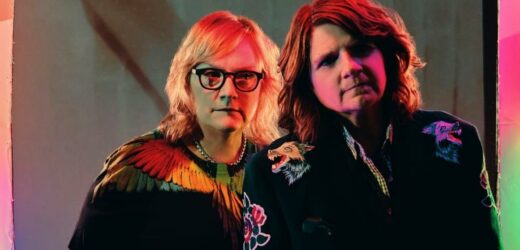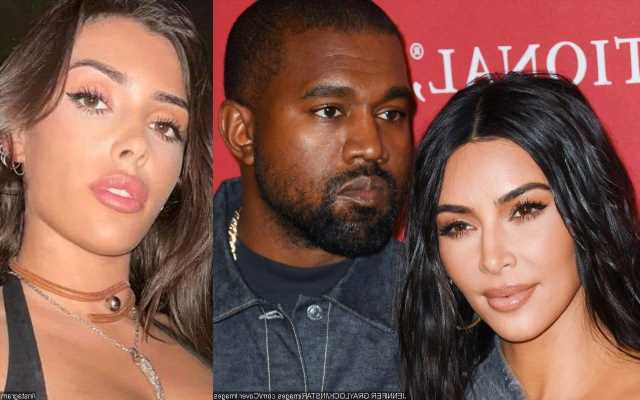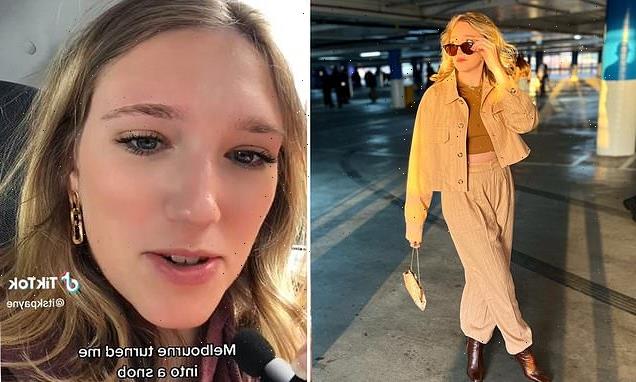The Indigo Girls make a far more intriguing subject for a music doc than most who’ve gotten the treatment in recent years, and director Alexandria Bombach doesn’t blow that promise with “It’s Only Life and That’s All,” which got an day-one premiere slot at the 2023 Sundance Film Festival. The film celebrates Amy Ray’s and Emily Saliers’ status as among the first figures in the rock world to come out while enjoying gold and platinum success, as the duo did in their initial late ’80s and ’90s heyday. But beyond exploring what the pair meant to millions of fans who found succor in their records and success during leaner days for musical role models, Bombach’s movie finds its real flavor in exploring the differences in the duo’s two very distinct personalities, which up till now might have seemed like a fuzzy, singular unit by all but the most hardcore fans.
In this case, “couldn’t be more different” isn’t a euphemism for “don’t really get along,” as it often is in duo or band situations. It just means there’s a whole rainbow’s worth of shadings about what it means to be LGBTQ, or human, just between Ray and Saliers themselves. Those differences go a long way in making sure the film doesn’t end up being too much of a conferral of sainthood. Granted, there’s some of that, too, but any case Bombach builds for the Girls being heroes feels fairly well-earned, and less hagiographic than many recent music docs that have come down the pike. Perhaps most winningly of all for the film’s chances with a wider audience, though, Ray and Saliers just turn out to be a couple of women that almost anybody would want to spend a couple of hours with, whether you knew it or not from distant memories of the singers as one-time icons of VH1.
The feel-good aspects are plentiful enough that it comes as sort of a rude reawakening late in the film when the filmmaker presents a pained segment that’s a sort of anthology of pop-culture moments in which the so-called “lesbian folk-rock duo” was the butt of a lot of jokes, usually based in the idea that the Indigo Girls represented something no man or straight person would want to go near. Occasionally they participated in the humor themselves, as with their appearance in a 1998 episode of the “Ellen” sitcom, set at a “womyn’s festival,” which the two singers watch back on iPads and grimace to recall today. It was presented as knowing, affectionate humor from the inside, but the pair now agree that there was a level of self-homophobia in those vintage gags.
More often, the humor was thrust upon them, as in a quickly glimpsed “SNL” sketch in which Amy Poehler and Rachel Dratch portrayed the pair as over-earnest bores. “If you guys had asked us to play on ‘SNL’ and then made fun of us, that’d be OK,” says Ray, who wonders if the lessening of comedic jabs at gay people still allows for mockery of the “old, gay and butch.” To the extent that the pair’s very name can still be a punchline, as a stand-in for “all-womyn,” that’s how far Bombach’s doc has to go in serving as a reclamation project for a historic act that has always deserved a lot better.
Critics have not always been kind to the Girls, either, as there’s another cringe-y scene in which Ray and Saliers are asked to read aloud from a 1989 New York Times review in which Jon Pareles (sounding meaner than he has at just about any point in the subsequent decades) wrote that “earnest pretentiousness has new standard-bearers” and “each Indigo Girl has a slightly different style of pretension.” Rather than just being an act of filmic self-flaggelation, this becomes one of the more interesting scenes, as they debate whether it was uncool to have brought that review up in their stage patter in concert at the time — or, more surprisingly, whether Pareles had some valid points. Ray, in particular, concedes that the critic was probably right when he criticized her “stagy, self-congratulatory gestures” at the time, even as she maintains a general eff-that-guy attitude. Ray really has an ability throughout the movie to cut to the quick, and acknowledge that there was a “mediocrity” to much of the acoustic-rock scene they came out of that they had to fight against and try to transcend.
It’s Ray, in general, who has the temper of the two, they both agree — and it’s up to the viewer to figure out whether she’s overreacting, say, in footage of her getting repeatedly pissed at concert soundmen, or whether she really was reacting righteously to a patriarchal attitude that assumed girls (or Girls) couldn’t know anything about sound. No wonder, anyway, that she is the one who drifted more toward punky rock in the 2000s, in her solo projects and fronting a band called the Butchies as a side project, even as the more naturally conciliatory Saliers is seen drifting more toward her childhood country roots.
But ultimately the bulk of the movie is not spent on defense. The songs are good (even Pareles might concede now), the harmonies indisputable. Beyond the music, Ray’s and Saliers’ constant openness to personal self-assessment, including where they each fit on the queer spectrum, is fascinating and remarkable. Saliers was the one who resisted coming out for their first few years in the limelight, but it’s pointed out that she was the first of the two to make a blatant, public statement about it, and you see throughout the film how she’s got quite a backbone of her own, even if she was often in the position of being the negotiator. That backbone came in handy when she overcame alcoholism in recent years — or when she let it be known she was attracted to men, too, even if she’d never indulged relationships with them, however that might go over with a portion of the fan base. Ray has a lot of candor about the subtleties of sexual orientation, saying she identifies equally with male and female traits, but has invested too much time learning to love her body as-is to identify as other than female — although she advises a stylist to “pretend I’m a guy, which is not hard.”
Ray and Saliers are the only talking heads to address the camera, other than a few fans at beginning and end that offer testimonial to the act’s life-saving qualities. There’s not even a contextualizing mention of other artists, let alone a speech from, say, Brandi Carlile, who’s talked the Indigo Girls up as the group whose shoulders she was standing on as a perhaps more universally embraced out artist. Ultimately maybe that’s in the movie’s favor — the Girls are so complementary in their sometimes differing self-perspective, it might be a waste of any of the two hours to squeeze in celebrity fans. Anyone who ever cracked a joke will surely come away here with new respect for the IGs as LGBTQ OGs. And for anyone still not inclined to bring Ray and Saliers their flowers, as Carlile might sing: the joke’s on them.
Read More About:
Source: Read Full Article


